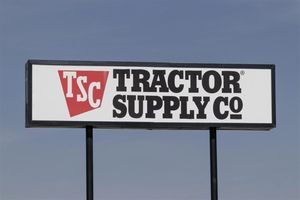1. Tighten the Fastener According to the Published Specs
One of the most frequent missteps is over-tightening. Applying too much torque can strip the threads in the concrete or shear the fastener entirely. To prevent this, always use a torque wrench and follow the manufacturer's torque recommendations. Over-tightening can also crack the concrete substrate, leading to early failure. A snug, secure fit—not brute force—is what you're aiming for.
2. Drill the Proper Hole Depth and Diameter
It's critical to drill the correct size and depth of hole for the fastener you're using. Using a hole that's too shallow or narrow prevents full engagement and reduces holding strength. For best results, use a hammer drill with a carbide-tipped bit and drill at least 1/2" deeper than the anchor embedment depth. Be sure to clear the hole of dust using compressed air or a vacuum to maximize grip.
3. Use the Proper Fastener That the Material and Application Need
Different base materials—such as hollow block, poured concrete, or brick—require different anchor types. For example, wedge anchors perform best in solid concrete, while sleeve anchors can be used in both solid and hollow materials. Always review load requirements and choose the fastener designed for the substrate and application. CONFAST offers a wide selection of anchors, and our team is always available to help with proper selection.
4. Use the Proper Size for the Job
Choosing a fastener that's too short or narrow for the load can compromise the entire installation. Measure the thickness of your material and base, then select a fastener that provides adequate embedment and holding strength. Reference our product specs for each anchor type to find the right match. If you're unsure, go up a size—not down.
5. Rely on CONFAST Resources
We provide free resources like video tutorials, sizing guides, and expert advice to help you install with confidence. Whether you're a DIYer or a professional contractor, avoiding these common mistakes can save time, money, and frustration. At CONFAST, our goal is to make fastening simple, secure, and successful.
We're Here If You Need Product Recommendations or Technical Guidance. Contact Us Today! We're Not Just a Supplier; We're Your Partners in Success. Shop Our Online Store:
Shop now at www.confast.com and experience the CONFAST® difference today!
Photos: (Click photo to enlarge)

Source: Confast Concrete Fasteners
Read Full Story - Using Best Practices to Get Optimum Results with Concrete Anchors | More news from this source
Press release distribution by PRLog





